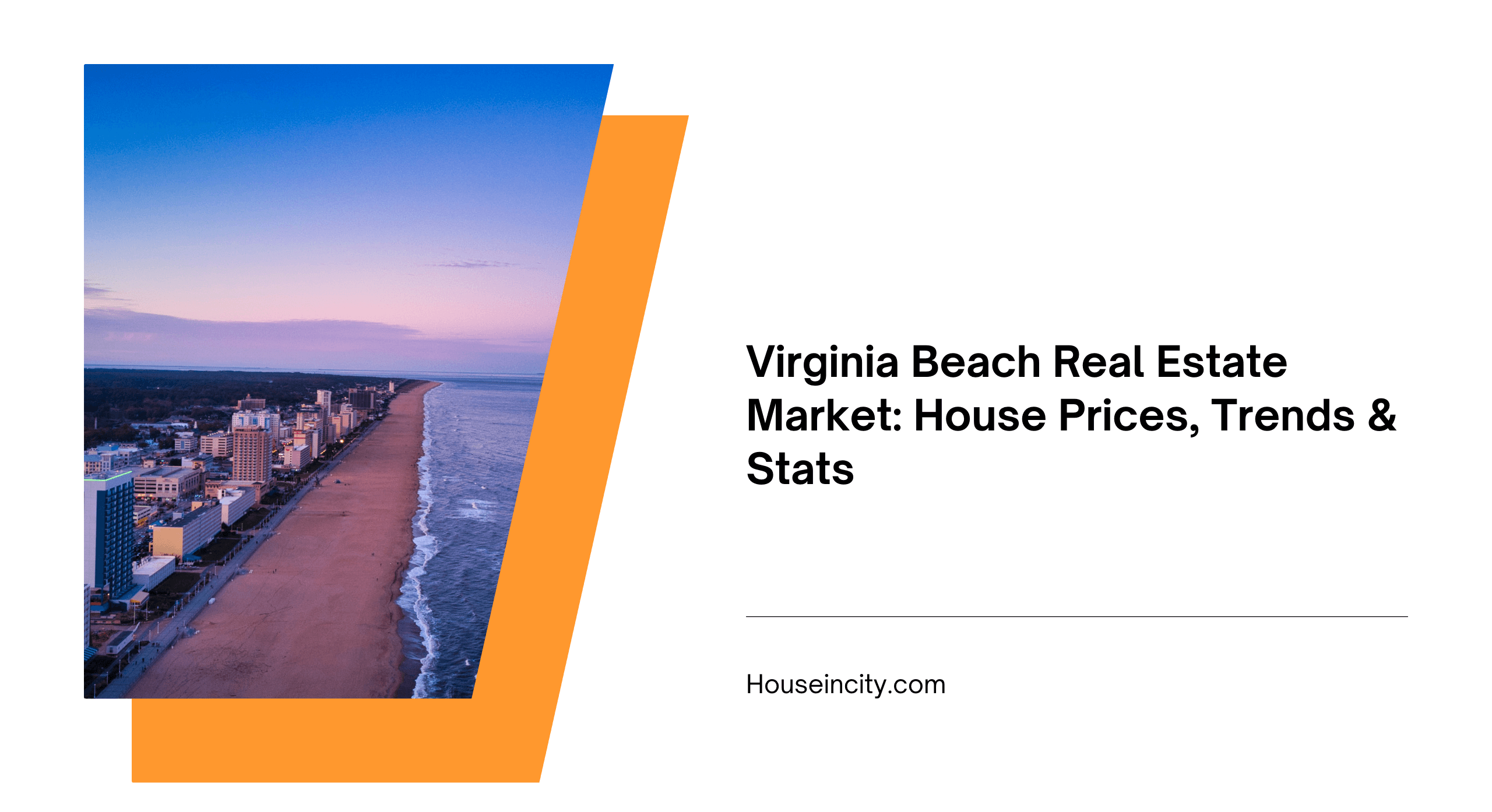Phoenix real estate market is one of the hottest real estate markets in the United States of America. The housing market in Greater Phoenix is incredibly strong this year. It is a metropolitan area centered in the city of Phoenix that includes most of the central part of Arizona. The real estate market in this city has positioned itself very well to suit investors.
Real estate investors are reportedly buying more properties in Phoenix than any other top 30 markets in the country because of the growth of the metro area’s double-digit rent as well as high price-to-rent ratio. Keep reading to find out more about Phoenix housing market.
Phoenix at a Glance
Phoenix is the capital city of Arizona. With more than 4.8 million residents calling it home, Phoenix is the most populated city in the state. This city is nicknamed the Valley of the Sun not without a reason. The sun shines 300 days each year in Phoenix, offering nice weather for outdoor activities. Moreover, there is a lot to do in this city, from the crowded urban areas to the quiet suburban communities.
Phoenix has dozens of performing arts venues and museums, as well as world-class dining resorts. It is also a home to all 4 main professional sports leagues. Therefore, it is not surprising that the demand for housing in this city has always been high. The high housing demand is also driven by other factors, including low costs of living.
Phoenix Real Estate Market Overview
Besides the huge amount of real estate momentum in Phoenix that has been carried from the past 2 years, some positive indicators seem to take action as a tailwind throughout 2022. Activities seem to stay strong because high appreciation rates do not make buyers scared. The market of Phoenix real estate has not only recovered after a decrease due to the global pandemic, but the demand has also reached new heights.
The Case-Shiller house price index that measures repeat sales was increasing by 32.9 percent over the year in February. This is way above the national average rise of 19.8 percent. According to the S&P CoreLogic Case-Shiller Indices released in February this year, Phoenix reportedly led the way with an increase of 32.5 percent year-over-year price last year.
A similar trend continues this year. Based on CoreLogic HPI, big cities continued to see price increases in March with Phoenix leading the way at 30.4 percent year over year. Therefore, real estate pros predict that this city will remain among the top 10 hottest real estate markets in the nation.
Population Growth in Phoenix
There is no city that grew up quicker than Phoenix for the last decade. The population of the Phoenix metro area grew by 603,451 people over the past 10 years at a rate of 15.8 percent. Middle-class families, retirees, and in-bound migration from California and other states are searching for a place where housing is cheaper. Moreover, many tech companies consider Phoenix as an ideal place. Here are some stats about the population growth of Phoenix.
- Phoenix has more than 1.6 million residents and almost 4.4 million people in the Phoenix-Mesa-Scottsdale metropolitan area.
- Over the last 10 years, the population in this city grew by 15.8 percent and by 1.7 percent from year to year.
- The population in Greater Phoenix is predicted to reach 5.64 million people by 2029.
- With more than 1.6 million residents, Phoenix is the 5thmost populated city in the country as well as the most populated city in the state of Arizona.
- Big cities in Maricopa County and Phoenix metropolitan area include Peoria, Tempe, Gilbert, Scottsdale, Glendale, Chandler, and Mesa.
- Over 40 million people are within a 1-day drive of Phoenix, including residents of nearby metropolitan areas, such as Las Vegas, San Diego, and Los Angeles.
- The per capita income in the Phoenix metropolitan area is $34,378 while the average household income is $67,068.
Job Growth in Phoenix
Phoenix ranks the highest for job growth with small business employment leading the way. It grows by close to 6 percent from year to year. In fact, Arizona is predicted to experience 1.6 percent annual job growth until the end of the decade. The unemployment rate in Phoenix was 2.7 percent in April 2022. When the unemployment number soared due to the global pandemic, the unemployment rate in this city remained below the national average.
In fact, this unemployment rate has recovered more quickly than many people expected. So, it is not surprising that the housing market in Phoenix leads a national recovery. Job sectors that show the rapidest signs of growth include transportation, trade, education, health services, hospitality, business and professional services, and leisure.
While the target industry sectors thriving in Greater Phoenix include start-ups, biomedical and healthcare, insurance and finance, logistics and e-commerce, cybersecurity, as well as defense and aerospace.
Life Quality in Phoenix
According to the US News and World Report, the Valley of the Sun is the 67th best place to live and retire, thanks to the abundant sunshine, low living costs, and strong job market. Other factors like desirability and net migration also help Phoenix to rank as one of the best places to live. The living cost in this city is 3 percent below the national average.
Moreover, services like healthcare, housing, and goods are more affordable than other cities in the nation. Phoenix has top hospitals including St. Joseph’s Hospital and Medical Center, Banner Boswell Medical Center, and Mayo Clinic Phoenix. It is home to pro sports like the NFL’s Arizona Cardinals and NBA’s Phoenix Suns. This capital of Arizona also offers many outdoor attractions, such as the Desert Botanical Garden, Tempe Town Lake, and Phoenix Mountains Preserve.
Arizona Housing Market Trends 2022
If you consider moving to Arizona, there are many best places to call home. Tucson and Phoenix are just some of them. Zillow Home Value Index reported that the Arizona housing market price has gone up nearly 203 percent since the past decade. It is calculated by taking all estimated home values for a certain month and region, taking a median of those values, and applying some adjustments to calculate errors or seasonality in individual home estimates.
Therefore, it represents the entire housing stock and not just homes that list or sell in a particular month. With this calculation, the current typical home value in Arizona is $436,441. It shows that 50% of all housing stock in the region is worth more than $436,441 and 50% worth less. Back in April last year, the typical home value in Arizona was around $335,000.
Home values in Arizona have increased 30 percent over the last year. And they most likely will continue to soar at a similar rate for the next 12 months. This also causes a bit of a concern that in Arizona, wages do not keep up with the increasing housing cost. The National Low Income Housing Coalition reported that the rental prices in this state become out of reach for many residents.
Phoenix Real Estate Market Forecast 2022
The housing market in Phoenix is similar to its national counterparts. Especially, in terms of the shortage of housing and rising demands have caused historic appreciation. However, the real estate market continuously changes. Though it is too early to tell here exactly what the Phoenix housing market will be in the future, it is not impossible to forecast what will probably happen in the next few years. With this in mind, below is the Phoenix real estate market forecast.
- Home Values Will Increase
The Phoenix median home price in the city’s housing market is $404,005, representing a rise of 29.5 percent for the last 12 months. This increase is mostly the result of supply and demand constraints. The same seller’s market is projected to continue in the future. Too many home buyers will compete over too few homes in 2022 in Phoenix, leading to an increase in the median home value, probably as much as 25.2 percent.
- Rents Will Increase
The average rent in Phoenix housing market has been up 25 percent within only a year, only slightly following the historic pace of home value appreciation. That said, the rise in home prices has generated more renters than usual. As a result, it is safe to forecast that rents will increase for the next 12 months.
- Interest Rates Will Increase
In order to fight inflation, the Federal Reserve will increase interest rates. The question is not about if, but rather when. The only real question is how high rats will go. Several forecasts call for more than 5 increases, but even if there are fewer higher rates will affect home prices.
- Rental Properties Will be More Popular
Many real estate investors will switch to rental markets due to a lack of availability, lower profit margins, and higher acquisitions costs. Long-term rental properties seem to be a better play in the current market where monthly rents can help to balance higher prices. Moreover, the shortage of inventory in the housing market will encourage more tenants to rent units, efficiently reducing the risk of vacancies.
Phoenix Median Home Prices
The median home price Phoenix in the city’s real estate market has reached $404,005. At today’s current valuation, the median home value in the city is higher than the national average, which is $331,533. It is worth showing that the current home values are the result of years of historical appreciation. For instance, the median home value in the Phoenix metropolitan area fell as low as $133,000 towards the end of 2011 when the Great Recession was at its worst.
However, the real estate in Phoenix has thrived since then. Real estate has appreciated more than 203 percent, thanks to the positive sentiment, improving national economy, and a shortage of available inventory. For the same period of time, the national average rose around 103.4 percent. In the past 2 years, Phoenix has been among the nation’s quickest appreciating markets. The median home value has risen more than 54 percent since the beginning of the global pandemic.
The latest increases are caused by increasing demands and a distinct shortage of availability. The most important thing is how the housing market in Phoenix is expected to move forward. The new market environment as the result of the pandemic has changed the way investors view their exit strategies.
Where to Invest in the Phoenix Real Estate Market
Unlike other cities in the United States, the housing market in Phoenix can be divided into some neighborhoods. As a result, some neighborhoods in Phoenix offer more opportunities than others. Those who want to get into the Phoenix real estate market should consider investing in these following neighborhoods:
- Vistancia
Located on the Northwest outskirts of Phoenix, Vistancia attracts so much attention. One of the reasons is its miles of open space. As the pandemic forces more people to work from home and serves an exodus away from metro areas, Vistancia allows residents of Phoenix to live near a major city without sacrificing open spaces. As a result, local neighbourhoods and investors have thrived.
The median sale price here is $605,000. Phoenix houses for sale spend an average of 30 days on the market in Vistancia.
- Deer Valley
Deer Valley is a home to wide, expansive open areas as it continues the trend of wide-open spaces. This neighborhood is only a short distance from downtown. Specifically, it is developing its reputation for mountain biking and hiking. Speaking of developing, Deer Valley is a popular area with a lot to do and see.
The median sales price in this neighborhood is $416,150. Houses for sale spend around 27 days in the market.
Phoenix Real Estate Market FAQs
- Is Phoenix a Good Place to Invest in Real Estate?
Yes, the housing market in Phoenix offers tons of opportunities for investors. Due to the lack of inventory, the house value in this city is high. Let’s not forget that Phoenix is among the hottest markets in the United States.
- Is Phoenix a Good Place to Live?
Yes. This city offers so many outdoor activities as the sun shines for 300 days a year. It also has world-class restaurants, reliable healthcare, and other good public facilities.


